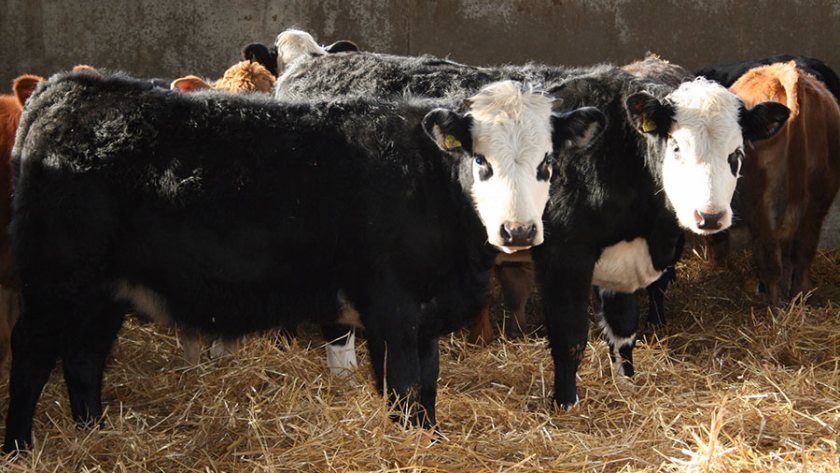
Farmers should test animals before giving anthelmintics at or around housing this year to check if they are really needed, cattle worming experts have urged.
Unnecessary blanket treatments are a waste of farmers’ time, effort and money and can encourage anthelmintic resistance, the Control of Worms Sustainably (COWS) group warned.
Traditionally first season grazing dairy calves or last autumn-born beef calves have been treated for gut worms at housing, mainly to kill any Ostertagia larvae that might hibernate in the stomach wall over winter.
On ‘waking’ up in spring, these brown stomach worms can emerge in large numbers and cause severe disease and death.
But where faecal egg counts taken throughout the growing season have shown little or no round worms present, the risk of this Type II ostertagiosis will be low, experts from COWS say.
Routine treatment may be unnecessary, especially if calves have been set-stocked on the same pasture all season.
Faecal egg counts cannot predict Type ll disease, so knowing whether a group of calves are at risk from Type ll disease can be difficult to predict.
If in doubt, COWS said farmers should always talk to the vet, who may recommend a dose of macrocyclic lactone which will kill any hibernating larvae.
Adult cattle should not require treatment against round worms as they are old enough to develop immunity, provided they have been exposed to a level of infection as calves.
Sally Harmer, an independent animal health consultant, said: “One issue I am coming across is farmers still routinely blanket treating adult cattle against round worms at this time of year.
“Continuing to do this, without knowing whether round worms are present, will select for resistant worms.
"Blood tests that can reveal the level of parasitic damage to the abomasal lining and milk tests in dairy herds, can help farmers check if they really need to treat.
"They can work with their vet or animal health consultant to decide which test is best," she said.
“Some individual cattle that are young or in poor condition may warrant treating, but this will not usually apply to the whole herd.”
While parts of the south and east suffered drought this summer, farms in the west and north had more rain, so risk of liver fluke infections vary.
Regional fluke forecasts can act as a useful guide, but COWS says to consider these in conjunction with specific factors on the farm.
“Fluke can affect all ages of cattle and challenge is variable this year,” said Professor Diana Williams, who is a member of the COWS group.
“It is difficult to predict when or if cattle have been exposed to fluke, so housing is a good time to diagnose infection.”
A blood sample taken a couple of weeks after housing, particularly from first season grazing calves can indicate exposure.
Or a copro-antigen test on individual animals or a composite faecal egg count taking dung from ten animals, at least two months after housing, can show if liver fluke infection is present.
“If cattle need treating because they have tested positive in the autumn, the product of choice will contain triclabendazole, which is effective against very early immature fluke and older,” added Professor Williams.
“However, as triclabendazole resistance has been reported in cattle in the UK, it is vital to establish whether there is resistance on the farm before treating. A Faecal Egg Count Reduction Test (FECRT) can be used to do this.
“Later in the winter products containing closantel and clorsulon can be used as the liver fluke will be more mature," she explained.
“Withdrawal periods should also be checked, particularly for beef cattle that are close to being finished and for milking cows.”
